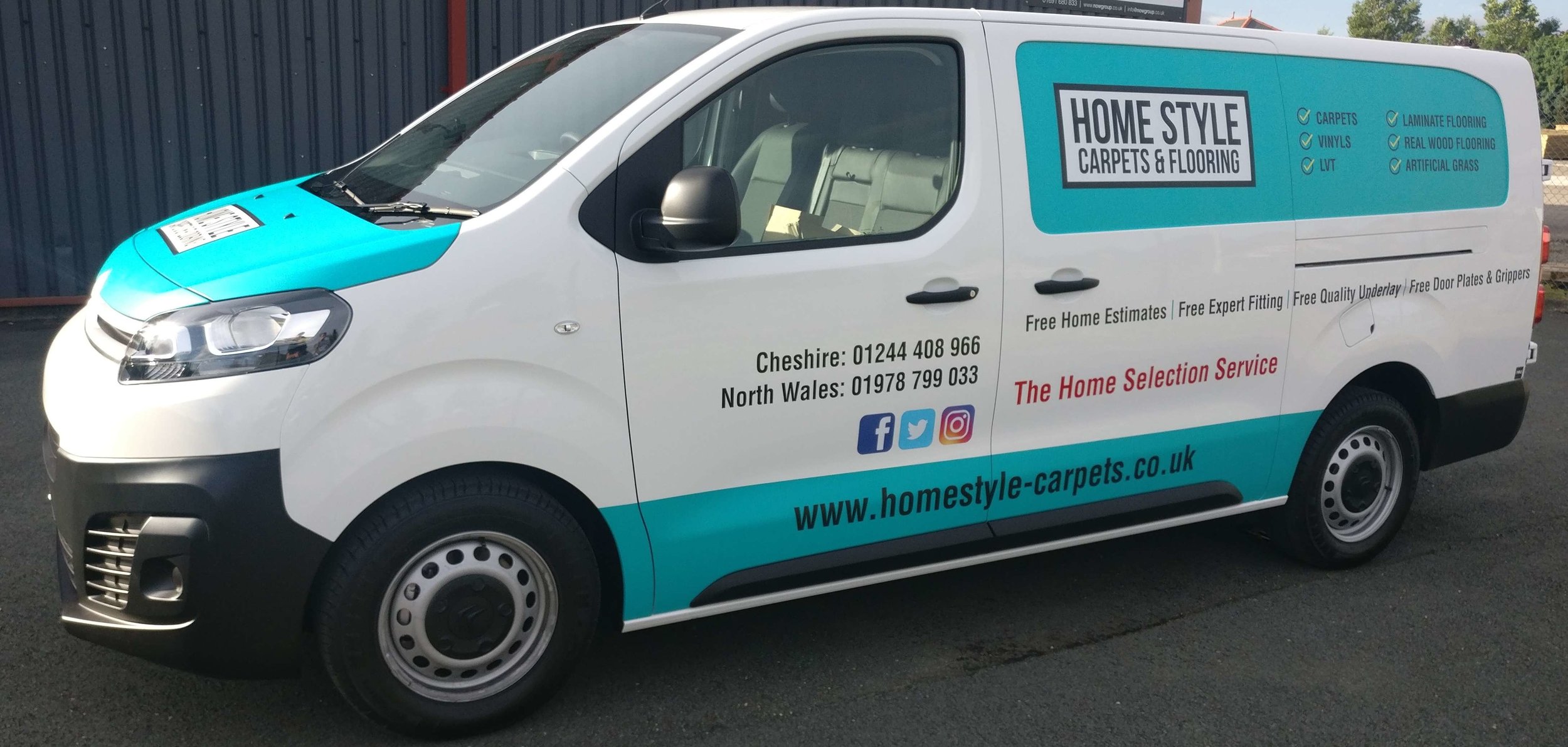How long can an engineered wood floor last for?
/You might be seeking a floor for a school gym, an office or a room in your home – whatever the purpose, before making a purchase, it’s worth investigating the potential properties and advantages of the solution you select.
While many property owners love the possibility of a solid hardwood floor, it may not be the ideal flooring to suit certain requirements, leading people to consider installing engineered flooring instead.
Caring correctly for engineered wood flooring
Those looking to ensure their engineered wood installation lasts will be happy to hear that this type of flooring is simple to maintain and keep clean. Using a brush or a hoover daily, dirt can be easily removed, making sure an engineered floor stays looking in great shape. However, as with any other flooring choice, heavy furniture around your rooms should remain on rugs, and matts must be placed at entrances to minimise unnecessary wear.
The power to handle high volumes of traffic
It’s a common misconception that engineered wood isn’t as resistant as solid hardwood floors – in actual fact, its clever construction enables it to cope with considerable footfall without a problem. Engineered floors also hold up well in locations where moisture and temperature levels tend to fluctuate, as they can handle heat and damp. This makes them suitable for systems offering luxury comfort to homeowners, like underfloor heating.
Does the finish added to engineered wood flooring add to its longevity?
There are commonly three different options chosen to complete engineered wooden flooring: no finish at all, lacquered or oiled.
The benefits of a lacquered finish to engineered flooring is that it can protect the boards from everyday scrapes and scratches. Visually, they can offer a slightly shiny appearance, however lacquered wood floors tend to wear down slightly easier than those where homeowners have chosen an oiled finish.
Oiled finishes for engineered wood floors work by soaking into the topmost layer of wood on each board. While this technique provides less protection from day-to-day damage like spills, it is renowned for delivering deeper protection overall.
What can you do if you engineered flooring suffers a scratch?
While robust, engineered floorboards can sometimes still get scratched. Fortunately, this isn’t impossible to solve. High-quality engineered wood can be sanded down and refinished more than once in its lifetime. Engineered flooring that encompasses a four-millimetre thick wear layer can allow you to complete this process around four to five times after installation.
A flooring solution for the duration
While engineered options can’t quite match solid wood floors, which sometimes outlive the buildings they are fitted in, they can still provide a sound return in years of service. Exceptionally hardy, if an engineered wood floor is installed by professionals and is appropriately cared for, it can endure for decades. Engineered wood flooring’s composition features several core pieces of either softwood, High Density Fibreboard (HDF) or plywood, which is topped with a hardwood layer, allowing to easily last for around 30 years.

